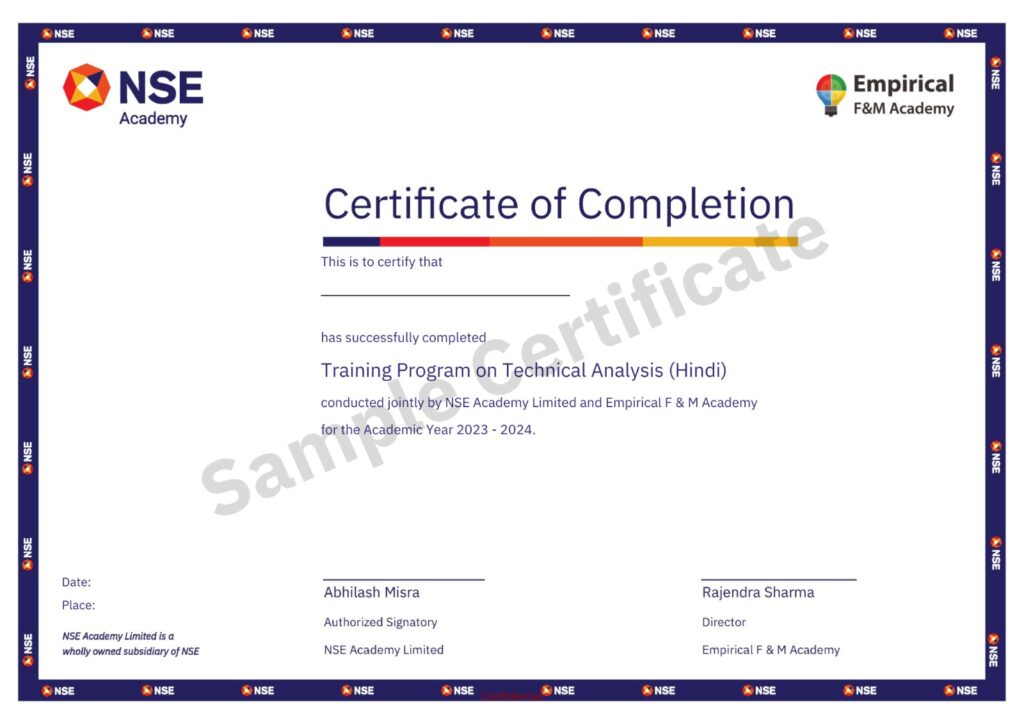
FUNDAMENTAL ANALYSIS & TECHNICAL ANALYSIS
Fundamental and Technical Analysis can be combined to provide a better trading strategy, especially in any market conditions
Overview
Fundamental analysis and technical analysis are two different methods of analyzing the stock market. They have different goals, approaches, and advantages. Here is a brief explanation of why they are needed for stock market investors and traders. Fundamental analysis aims to find the intrinsic value of a company. This method seeks out sare strong but may have a low market value.
Fundamental analysis is needed for stock market investors who want to:
Invest for the long term, based on the growth potential and profitability of a company. Technical analysis differs from fundamental analysis, in that traders look to statistical trends in the stock’s price and volume. Technical analysis uses stock charts to identify patterns that might suggest where the price is headed.
Technical analysis is needed for stock market traders who want to:
Trade for the short term, based on the price movements and momentum of a stock. The best method depends on the individual’s goals, risk tolerance, time horizon, and trading style. This course will explore various ways to combine fundamental and technical analysis using practical examples
Key Features
Industry-Recognized Certification
The certification will enhance your profile and make you a top choice among employers. Earn a certificate of completion from NSE Academy & Empirical Academy.
Case study of the Nifty stock and strategy for Trading
Case studies showing you exactly how technical analysis can fuel pattern recognition, set price targets and plan your exit strategy
Financial Industry Professionals
Professionals within the industry prioritizing curriculum and training specific to financial institutions.
Practical usage of Technical analysis
Develop trading strategies based on technical theories and use in the NSE Smart application.
Acquire knowledge in the corporate world
Acquire skills to do comprehensive research on the performance of companies
Lifetime Course Access
Get lifelong access to every course you enroll in and take advantage of mentoring opportunities at your convenience.
Faculty
Highly Qualified faculty (Including CA,CFA,FRM,MBA and PhD holders) having experience of working in the Corporate World. So that they can give a better understanding of financial concepts with real-world implications. Along with giving real-life examples the faculty will also support you in solving the real-life scenario and help the learners innovate in business practice.
Empirical Academy faculty team includes outstanding educators and researchers from both the academic and business sectors, contributing towards the overall professional and personal growth of the students. Interactions with prominent leaders/senior executives from the industry, allowing you to benefit from the experience gained in leading positions around the globe. Empirical Academy Faculty are highly qualified and experienced faculty are the greatest asset of the Organisation.

Will you get Certified?
When you complete our Certified Fundamental Analaysis & Technical Analaysis Course, you will earn a Professional Certificate that will add considerable value and help your career evolve in the right direction.
Earn Your Certificate
Share your Achievement
Audience:
Students | Investors/Clients | Traders | Sub-Brokers/Dealers | Working Executives | Other Financial Intermediaries | Any person who is interested in the Financial Modelling and Valuation

Course Curriculum
- Introduction of Fusion Analysis as a Comprehensive Investment Strategy for Stock Markets right now.
- First Step: TECHNICAL ANALYSIS – understanding its Pros & Cons
- Difference between Technical and Fundamental Analysis
- Philosophy of Technical Analysis: Dow Theory and Elliott Wave
- Trendlines
- Support and Resistances
- Types of Charts
- Japanese Candlestick Patterns – Some important pattern
- Classical Western Chart Patterns
- Double Top & Double Bottom
- Head & Shoulder Top & Bottom
- Triangles (Symmetrical, Ascending, Descending & Broadening)
- Wedges, Flags & Pennants
- Gap Theory – All types of gap
- Basic Indicators & Oscillators
- Categorization of Technical Indicators
- Trend Indicators – Moving Average
- Sequence and Types of Moving Averages
- Momentum – Relative Strength Index
- Moving Average Convergence Divergence
- Volume – Money Flow Index
- Volatility – Bollinger Bands
- Fibonacci Retracements and Golden Ratio
- Second Step: BEHAVIOURAL FINANCE and psychological considerations
- Understanding Behavioral Finance & Its Application in investing (vs.Traditional financial models which presumed investors are always Rational)
- Investing Styles – Value vs. Growth
- Market Psychology and Sentiments
- Efficient Market Hypothesis
- Heuristics and biases – Various types (Approx. 10+ like Availability Heuristic, Loss Aversion, Belief Perseverance, Confirmation Bias, Framing, Representativeness, Overconfidence)
- Herd Mentality
- Expected Utility vs Prospect Theory
- Market Bubbles & Crashes
- Importance of checklist and ways to overcome biases in investing
- Third Step: FUNDAMENTAL ANALYSIS – Qualitative and Quantitative Analysis
- Evaluating Sector & Industry Structure – Top down vs. Bottom Up
- Understanding Competitive Advantage and how it affects companies
- Evaluating Management and understanding Corporate Governance
- Understanding Financials – Income Statement
- Understanding Financials – Balance Sheet & Cash Flow Analysis
- Evaluating a company and importance of News and Events
- Major Economic Indicators to look at
- How to read through an Annual Report
- Ratio Analysis, i.e. profitability ratios, activity ratios, liquidity ratios, solvency ratios and valuation ratios (All major ratios approx. 30+)
- Some Fundamental Valuation Methods (DCF, FCF, DDM, EV/EBITDA, Liquidation Value approaches – Only Basics)
- Understanding Stock Selection
- Using screeners & filters – Scanning the efficient stocks using Screener.in etc.
Blending Technical, Behavioural and Fundamental theories and inputs together to formulate effective investment strategies that really work – Fusion
